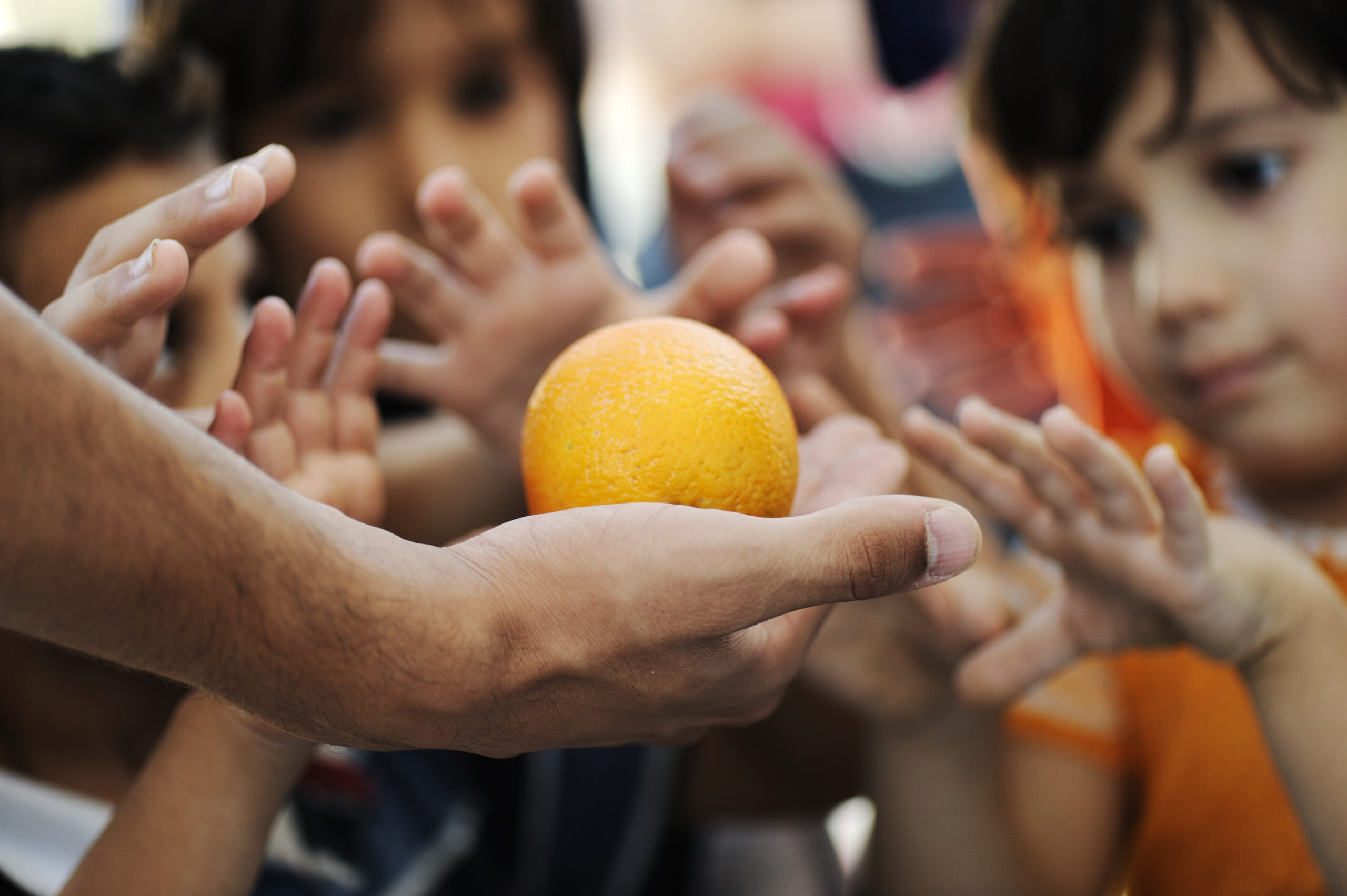In a world teeming with uncertainties, the ability to respond effectively during emergencies can be the difference between chaos and calm. Understanding the importance of emergency preparedness is essential—not merely as a precaution but as a proactive strategy that empowers individuals and families to navigate crises with confidence. Whether facing natural disasters like hurricanes, wildfires, or man-made events, being prepared can save lives and protect property.
*Assessing Risks: Identify Potential Emergencies in Your Area**
The first step in your journey toward preparedness is assessing the risks specific to your geographical area. Are you in a flood zone? Is your region prone to earthquakes or severe storms? Conduct thorough research into local hazards. Engage with community resources or consult governmental agencies that provide insights about historical emergencies. Once you have identified potential threats, you can tailor your preparedness efforts to address those unique challenges effectively.
*Building Your Emergency Kit: What to Include**
An essential component of emergency preparedness is assembling an emergency kit. This kit should be comprehensive yet portable, ensuring you can take it if evacuation becomes necessary. Begin by including items such as non-perishable food and water—aim for at least one gallon per person per day for three days. Don’t forget important documents (like identification), first aid supplies, medications, flashlights with extra batteries, and multi-tools or Swiss army knives. Personalize your kit further by adding comfort items like blankets or games for children; these little touches can make a significant difference during stressful times.

*Creating a Family Emergency Plan: Communication and Evacuation**
Once you’ve built your kit, focus on crafting a family emergency plan that outlines how everyone will respond during various scenarios. Effective communication is crucial—designate meeting places both near home and outside of the immediate area where family members can regroup if separated. Discuss how you’ll communicate if phone lines are down; consider using text messages or social media updates as alternatives when traditional methods fail. Planning escape routes from home ensures everyone knows where to go should evacuation become necessary; practicing these routes together helps solidify understanding and builds confidence.
*Staying Informed: Utilizing Alerts and Resources**
In our digitally connected age, staying informed is easier than ever—but it’s crucial not to overlook this aspect of preparedness. Sign up for local alert systems that notify residents about impending dangers such as severe weather warnings or public safety announcements. Monitor trusted news sources for real-time information on emergencies affecting your community. Additionally, familiarize yourself with local resources such as shelters or community centers that may open during crises; knowing where help is available can alleviate stress when every second counts.
*Regularly Reviewing and Updating Your Preparedness Plan**
Finally, remember that preparedness isn’t a one-time task but an ongoing commitment that evolves over time. Regularly review your emergency plan and update it based on changes in family dynamics—new members joining the household or kids growing older may necessitate adaptations in communication plans and escape routes. Revisit your emergency kit at least twice a year; check expiration dates on food items, replace batteries annually, and ensure everything remains functional.
Thank you for reading this post, don't forget to subscribe NOW for FREE!
By taking these steps towards comprehensive emergency preparedness today, you’re not just preparing for tomorrow’s unknowns—you’re instilling peace of mind within yourself and loved ones amidst uncertainty. After all, readiness truly leads to resilience!






